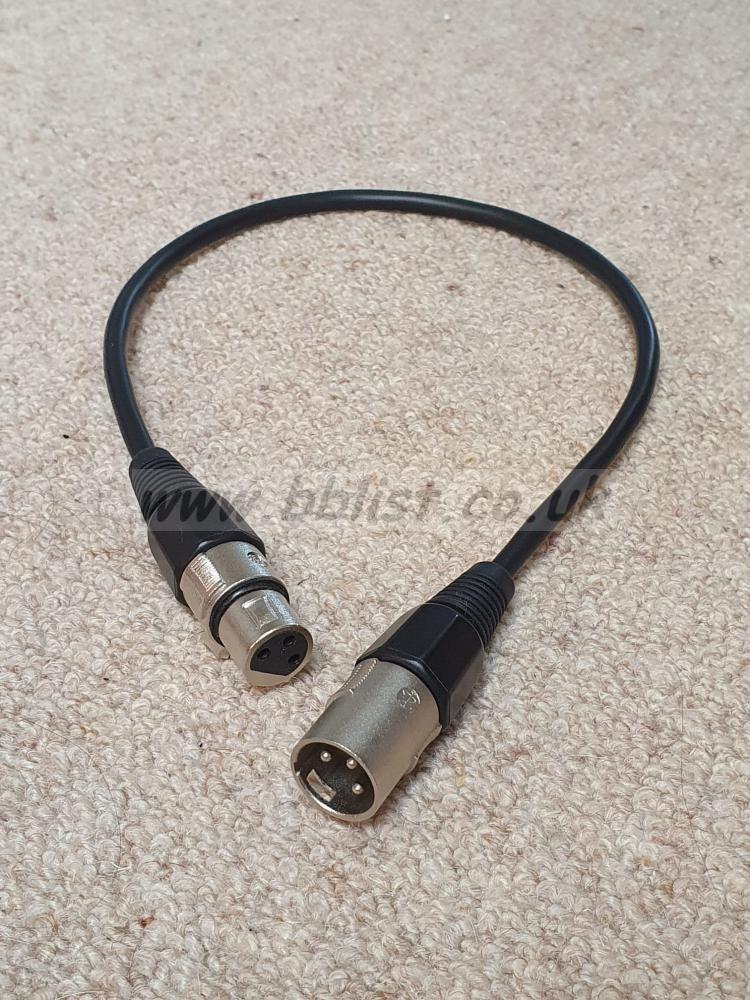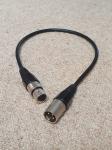Extra Information C2G Pro-Audio XLR Male to XLR Female Cable Suitable for DJ Equipment, Jack Extender, Amplifiers, Mixer, Microphone Extension, Drum, Speakers, Amp and More.
Use the C2G XLR to XLR cable to connect unbalanced sources to balanced XLR inputs. This pro-audio cable is made from 22 AWG twisted pair audio cable under an aluminum foil shield and 60% copper braid for maximum shielding from noise. The highly flexible 7mm PVC jacket reduces the risk of the cable kinking and damaging the conductors.
Bright nickel plating on solid brass connectors resists wear from re configuring and moving equipment from one venue to another. Spring strain relief on the plug and a chuck strain relief inside the XLR reduce the effects of age on the solder joints and contacts. Connect line or mic level outputs from mixing consoles to recorders and amplifiers with balanced inputs.
XLR to XLR male to female extension leads are designed to extend the connections between your microphone, decks, speaker, amplifier, studio recorder, mixer, mixing board, pod casts, preamps, DJ equipment and all professional recording equipment, equipped with XLR jack's.
Made from twisted-pair audio cable under an aluminum foil for maximum shielding from noise. Connectors: XLR Male To XLR Female. Strong yet flexible 22AWG twisted-pair construction for longevity. Foil shield and 60% copper braid. Nickel plated brass connectors.
Made from twisted-pair audio cable under an aluminum foil for maximum shielding from noise
Connectors: XLR Male To XLR Female
22AWG twisted-pair construction
Foil shield and 60% copper braid
Nickel plated brass connectors
The XLR connector is used for many professional audio applications. Originally designed by ITT Cannon, the most common configuration is a 3-pin connector for "balanced" audio signals. When male and female XLR connectors are mated, the design of the connector makes contact on pin 1 (ground) before any other pins. This prevents potential damage to the system. A balanced audio signal offers great protection against EMI noise, and can travel a long distance. For this reason, balanced lines using XLR connections are often used for microphones, mixers, amplifiers, and other pro audio devices. |








